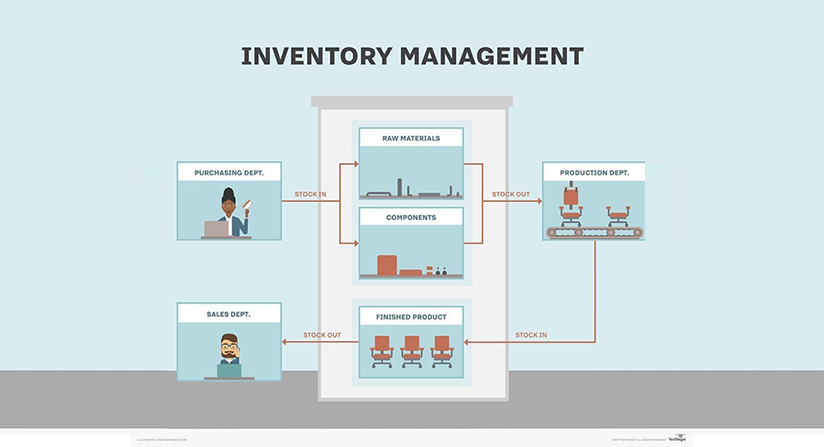Is your business still using spreadsheets to manage warehouse transactions and records? Or do you rely on manual processes for maintaining inventory and its data?
Well, these are old and archaic methods of handling day-to-day warehouse operations. And, in either case, you need a solution that lets you keep your business current with the latest technology trends.
Keeping your warehouse well-managed and ensuring a proper inventory count can significantly reduce warehouse labor costs and improve order management within an organization. To maintain these optimal levels of inventory and investment, an advanced Warehouse Management System (WMS) contributes significantly to help your business thrive.
A Warehouse Management System is responsive software designed to address warehouse challenges by seamlessly managing, tracking, and recording inventory. The solution is capable of providing, accessing, and updating real-time inventory-related data.
Let’s take a look at the reasons why you must consider investing in a Warehouse Management System:
1. Paperless Transaction Management
An ideal WMS replaces the manual process of checking purchase orders, receipts, and the transfer of inventory with automated operations. The system allows you to electronically capture transactional data and resource usage on your hand-held device.
Warehouse management plays a crucial role in controlling the supply chain of finished goods to the market which in turn affects the customers’ buying experience. With WMS you can track real-time inventory and record transactions like shipments, transit movement, or receipts. It reduces the efforts, expenses, and time to record this data on paper.
2. Efficient Inventory Monitoring
A Warehouse Management System allows you to store and move the inventory efficiently. With faster order cycles and better utilization of resources, it promotes automation and expedites the overall processes of managing inventory effortlessly. A WMS can:
- Reduces delivery lead time and errors during order execution
- Improves delivery reliability and customer satisfaction
- Helps create better relationships with suppliers
- Enhances productivity and improves the company’s bottom line.
3. Enhanced Labor Productivity
When software assists you with the transfer of materials, you can update raw materials and finished goods records in no time. The organization can work more efficiently and maintain complete track of inventory operations. You can monitor inbound inventory, outbound inventory, create and scan barcodes, generate automated reports, and manage daily operations at your fingertips. When your staff knows what, how, and when to do a given task, it boosts their morale, accuracy, and efficiency, significantly.
Optimized processes, cost-effectiveness, and enhanced labor productivity are all you can expect with a Warehouse Management System.
4. Ease of Use
WMS comes with a large selection of features focused to cater core business functions. With a user-friendly interface and well-designed dashboard, the system simplifies the business processes and makes it easy for you to work. The modular interface with a three-click rule helps you reach the desired function and execute it in no time.
A typical web-based solution has ease of access and a simple interface with easy navigation. WMS is a solution that lets you do all this with hand-held devices and shows the details of serial, batch, and non-tracked items. It also facilitates the management of batch tracked and serial tracked items.
5. Seamless Customization and Integration
Most of us rely on smartphones for our day-to-day work. And, to improve accessibility, you look forward to a mobile-friendly solution. Now smartphones can seamlessly integrate with software to execute most of our business processes like inventory transfers and generating reports.
With WMS, you can conveniently make use of a mobile device and integrate your warehouse data with your centralized ERP database.
6. Exhaustive Functionalities
A warehouse management system records inventory movements, handles barcode scanning, generates label reports to track items, and creates and displays reports. These features allow employees to produce more work in less time with utmost accuracy.
Wrap Up
A warehouse management solution offers a high degree of flexibility enabling you and your team to satisfy business requirements. It facilitates the management of inventory with mobile devices and scanners. These user-friendly devices offer a good user experience thanks to a simple interface.
OptiProERP is a manufacturing ERP solution that has a built-in mobile-friendly warehouse management system with comprehensive functionalities. If you want to know about it or have questions, please contact us.
Follow Us










